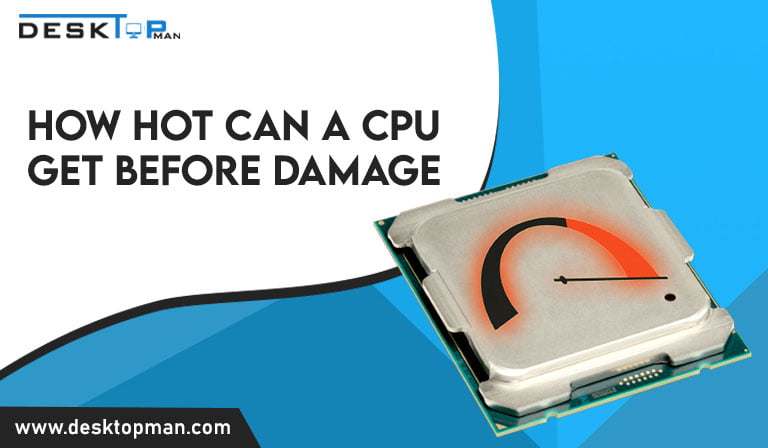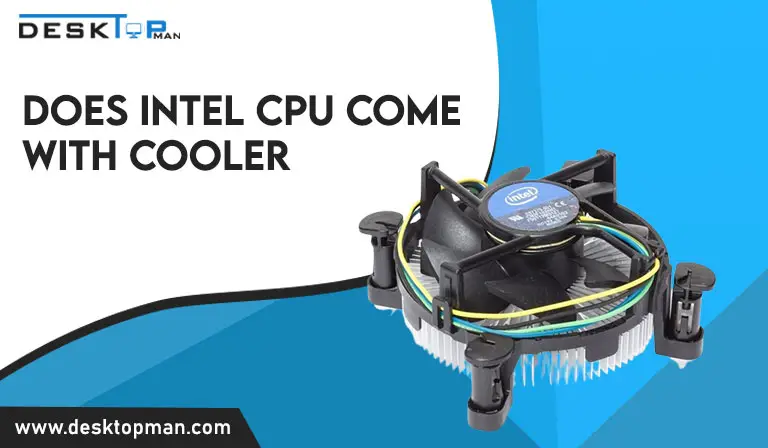Which type of CPU cooler contains heat pipes: Fixed 2023
Computer CPUs tend to overheat quickly as a result of processing a large number of operations at once. Hence it must be cooled fast and thoroughly, at times the cooling is hindered by the dirt for which you must read our article on how to clean CPU cooler. There are several methods for cooling a CPU now. This article will help you find Which type of CPU cooler contains heat pipes.
Heat pipes cooler is not a new concept. They’ve been employed in a variety of machinery. In current systems, they are still utilized to take heat from GPUs and transfer it to heat sinks. We can see heat pipes being used. A contemporary CPU cooler has heat pipes, a heat sink, and a foundation.
Between the CPU and the cooler are a heat plate and some high-quality thermal paste. Thermal paste is used to transmit heat from the heat plate to the copper base
A very well-made, properly constructed, and professionally applied heat pipe will have a service life of more than 15 years. Heat pipe life may be estimated using numerical analysis, similar to semiconductor life, based on short-term high-temperature screening.
How do heat pipes work?
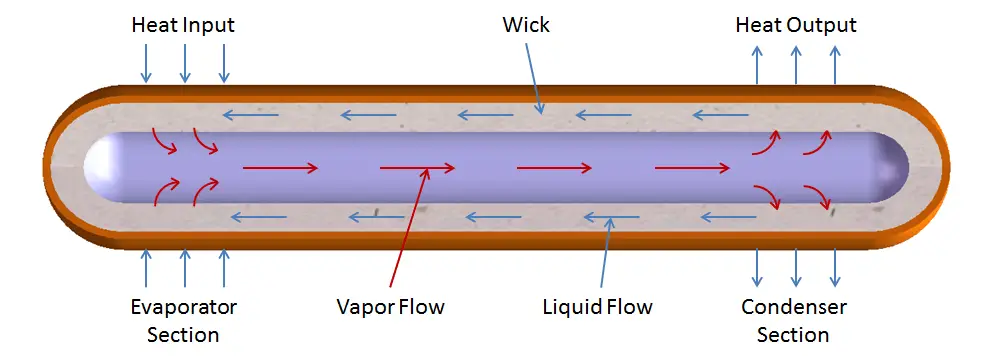
A heat pipe’s complete construction comprises of a sufficient working fluid, an enclosure, and a large wick-structure. When the working fluid contained within the wick structure is exposed to heat, it vaporizes. The resulting vapor moves to the cooler condensation region. The vapor then starts to cool and releases all latent heat in the condenser. Following this process, the liquid returns to the evaporator via the wick structure. This is accomplished by capillary action.
This two-phase evaporation and condensation process continues to keep the equipment cool. As a result, there are significant local heat removal rates. Not to mention that this enables for uniform heat dissipation.
Ryzen 5 5600x cooler has a TDP of 95 W. That means it dissipates a lot more heat than its predecessors. This requires a high-end cooler that provides enough heat dissipation so that the processor can work smoothly. heat pipes are so successful, are still used in newer systems.
This is how the heat pipes and the cooling unit as a whole function. Because they are so successful, heat pipes are still used in newer systems. They are used as a replacement for liquid and fan cooling systems. Before deciding on a heat pipe-based cooling system, it is advised that you investigate all options.
Heat pipes are the greatest cooling option for high-power CPUs due to the limited space and power available in computers and electronic gadgets. This is due to the fact that heat pipes have a thermal conductivity that hundreds of times exceeds that of copper rods.
Two-phase passive heat transfer can be used to work on the heat pipes. The method may transmit a large quantity of heat with a little temperature drop. Internal computer systems can be destroyed if the processor’s internal temperature dips too low.
Heat pipes can operate at temperatures over their capillary limits for brief periods of time while remaining steady-state and not experiencing dry out. The liquid begins to vaporize as soon as the heat pipe is opened. There is so little liquid in the heat pipes that you won’t even perceive it.
Which type of CPU Coolers contain Heat Pipes?
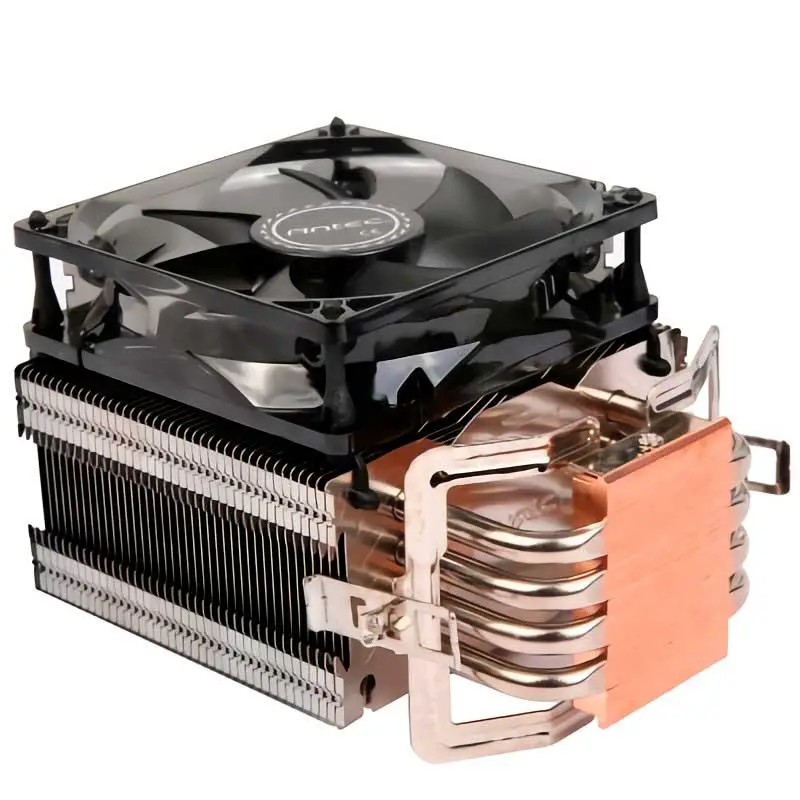
Heat pipes are not a novel concept. Since the 1990s, they have been employed in many computers and automated systems. They are still utilized in current CPU systems to extract heat from GPUs and deposit it in heat sinks for external dissipation. For example, we can witness the utilization of heat pipes in Noctua CPUs. While you are at it, check out the best CPU cooler for ryzen 5 3600.
A contemporary CPU cooler will typically have heat pipes, a heat sink, and a base. There’s also a heat plate and some high-quality thermal paste between the CPU cooler and the CPU. The copper base connects to the CPU heat plate, where heat is transported with the assistance of thermal paste. The base is now connected to the cooler’s heat pipes.
Because copper is often used in heat pipes and bases, its heat conductivity is great. The heat is then cooled and sent to the heat sink through heat pipes, as stated in the subheading above. This sink has metal fins that distribute heat across a wide region. Because the heat sink covers a vast area, it does not require the high thermal conductivity levels required by the base and heat pipes. This entire procedure is performed several times to cool down the system.
Types of heat pipes?
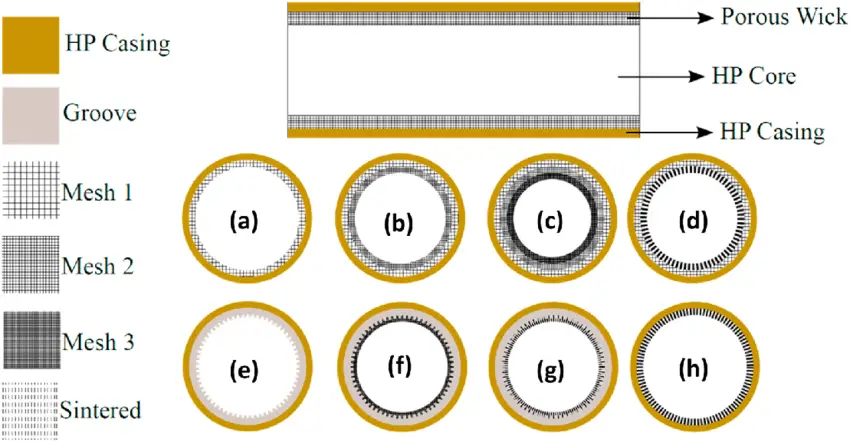
Heat pipes of many varieties can be employed in electrical equipment. You can find out what cpu cooler you have from this article.
These kinds are thoroughly explained below:
- Heat Loop Pipes: A loop heat pipe, like a loop thermosyphon, works against gravity and has an evaporator above it. The device’s operation is based on the working fluid’s capacity to create a reasonable degree of vapor pressure.
- Rotating Heat Pipes: Fluid pressure is used by rotating heat pipes (RHP) to transport fluid from one area to another. RHP is an efficient way of removing heat from rotating equipment, but since it can remove heat from greater quantities of fluid, it may also be utilized for cooling high-volume rotating apparatus such as turbine generators
- Vapor Chambers and Standard Heat Pipes: The heat pipes and vapor chambers have large temperature fluctuations. They are more trustworthy than variable heat pipes. The most frequent forms of heat pipes used in the field of electronics cooling are constant conductance heat pipes and vapour chambers.
- Oscillating Heat Pipes: When they moved to the frigid regions, they generated pockets of liquid and mist. Because of this, they were given the names oscillating or pulsing heat pipes. There are various advantages of employing heat pipes over traditional heat pipes. It can go greater distances and perform better when working against gravity
- Thermosyphon & Loop Thermosyphon: Although thermosyphons can be utilized to increase the surface area of the inside wall and allow liquid condensate to return to the evaporator more easily, they are frequently merely wickless heat pipes. It is feasible to use gravity to return the liquid to the boiler. It allows thermosyphons to transmit heat from one spot to another.
- Variable Conductance Heat Pipes (VCHP): In contrast to traditional heat, variable conductance heat pipes (VCHP) lessen temperature swings at the evaporator, which is frequently at the lower end of the operating ambient temperature.
Conclusion: Which type of CPU cooler contains heat pipes:
Heat pipes collaborate with the cooling mechanism. These heat pipes are still used in modern systems because they are well-designed. In some cases, they can be utilized as an alternative to liquid cooling and fan cooling systems. As the above article talked about Which type of CPU cooler contains heat pipes
There is no denying that many types of heat pipes are available on the market for use in CPU cooling solutions. It has numerous benefits, but it also has some drawbacks. However, it is recommended that you evaluate various types of cooling systems before settling on one based on heat pipes.

